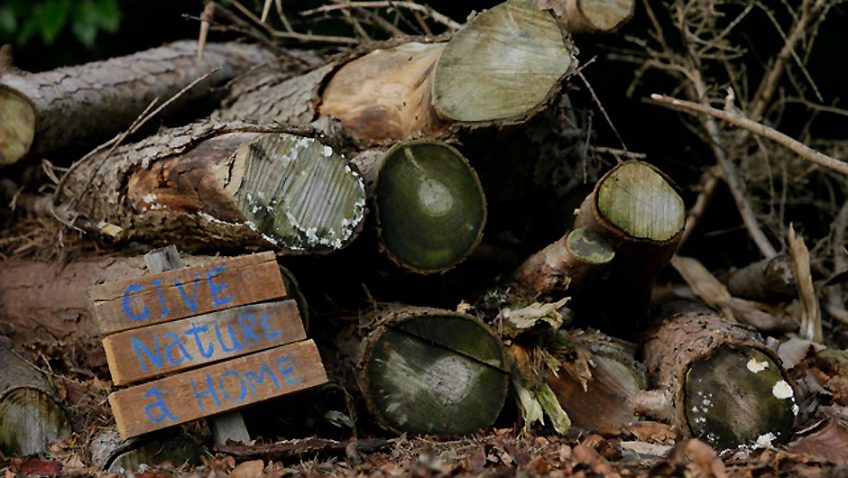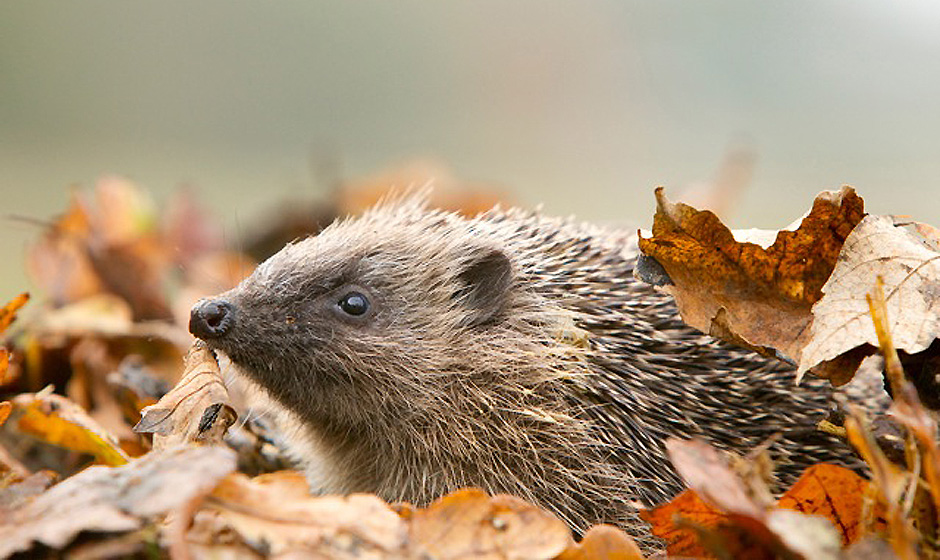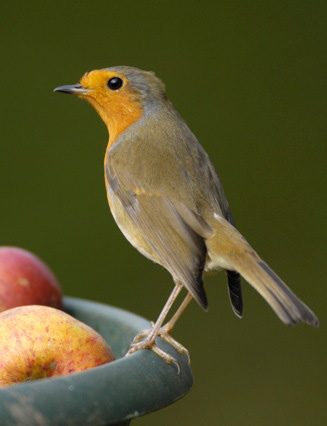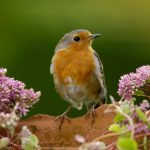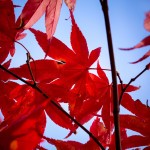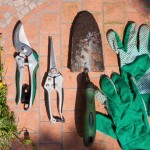Welcome to Keats’ “season of mists and mellow fruitfulness”; early morning autumn chills, the smell of nature’s seasonal perfume of mulching vegetation, and hazy mornings and the first crunchy leaf underfoot. But before succumbing to your own hibernation urge, there are a couple of things you can do to help nature survive the forthcoming winter. Don’t worry about doing too much though, as less work equals more wildlife in your autumn garden.
Don’t tidy your autumn garden
At this time of year it’s really important to avoid the urge to cut back and tidy too much! It’s more beneficial for nature to leave any decaying plants intact, as they create a cosy layer for garden mammals and insects to snuggle down in when winter hits. Hollowed stems and seed heads also provide a safe insect hidey-hole from frosts.
If you have any dead wood in your autumn garden, or if you’re already sweeping up rust coloured leaves, gather them into a pile in a corner of your garden and again insects and small mammals, including our struggling hedgehogs, will thank you for creating a snug home for them.
Ivy wears the crown this autumn
Ivy is one of the best plants for your garden wildlife all year round, but especially during autumn and winter. Whereas most nectar rich plants are starting to die off, ivy’s flowers are only just beginning to blossom, providing a vital late source of food for bees, butterflies and other pollinators. Ivy’s evergreen leaves offer crucial shelter for birds and insects even throughout the colder months, when other natural cover is thinning out.
And don’t forget ivy’s ripe berries which really are its winter jewels. These are a crucial, calorie-rich source of food for your feathered garden friends, just when they need that extra energy hit to enable them to maintain their body temperatures. If you do one thing this autumn, nurture your garden ivy and if you don’t have one, plant one.
The garden bird vanishing act
Although birds traditionally forsake our feeders in September as they dig in to the abundance of berries and fruits in our hedgerows, do keep water dishes topped up and feeders as they’ll soon be back once the colder weather hits and the hedgerow goodies run out. They rely on your high-energy, high-fat winter food to fuel them through the winter.
New house guest
In the lead up to winter you may spot small tortoiseshell or peacock butterflies in your house, usually perched unmoving on the wall in a corner of a room, having entered their winter dormant stage. But as temperatures continue to drop outside and our central heating is turned on, the increased temperatures can wake these butterflies up too early, which fool them into thinking spring has sprung early. This isn’t a good thing for a butterfly as their outside environment is too cold and offers little nectar for them to eat. If you spot an early rising butterflies in your home catch the them very carefully and move them to an unheated room or outdoor building which it can easily escape from in the spring.
For more top tips on how to give nature a home, visit: www.rspb.org.uk/myplan

